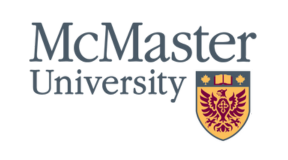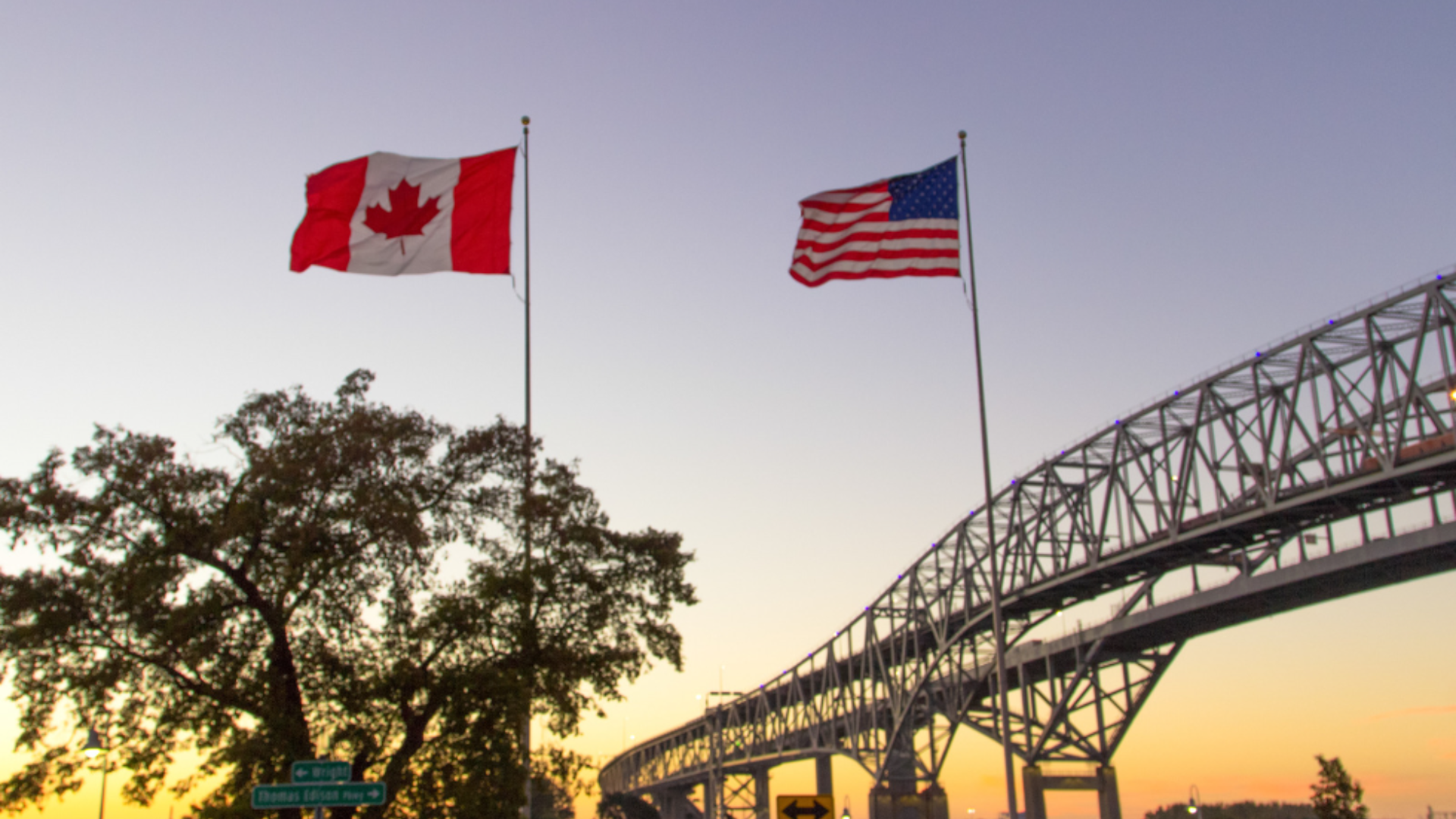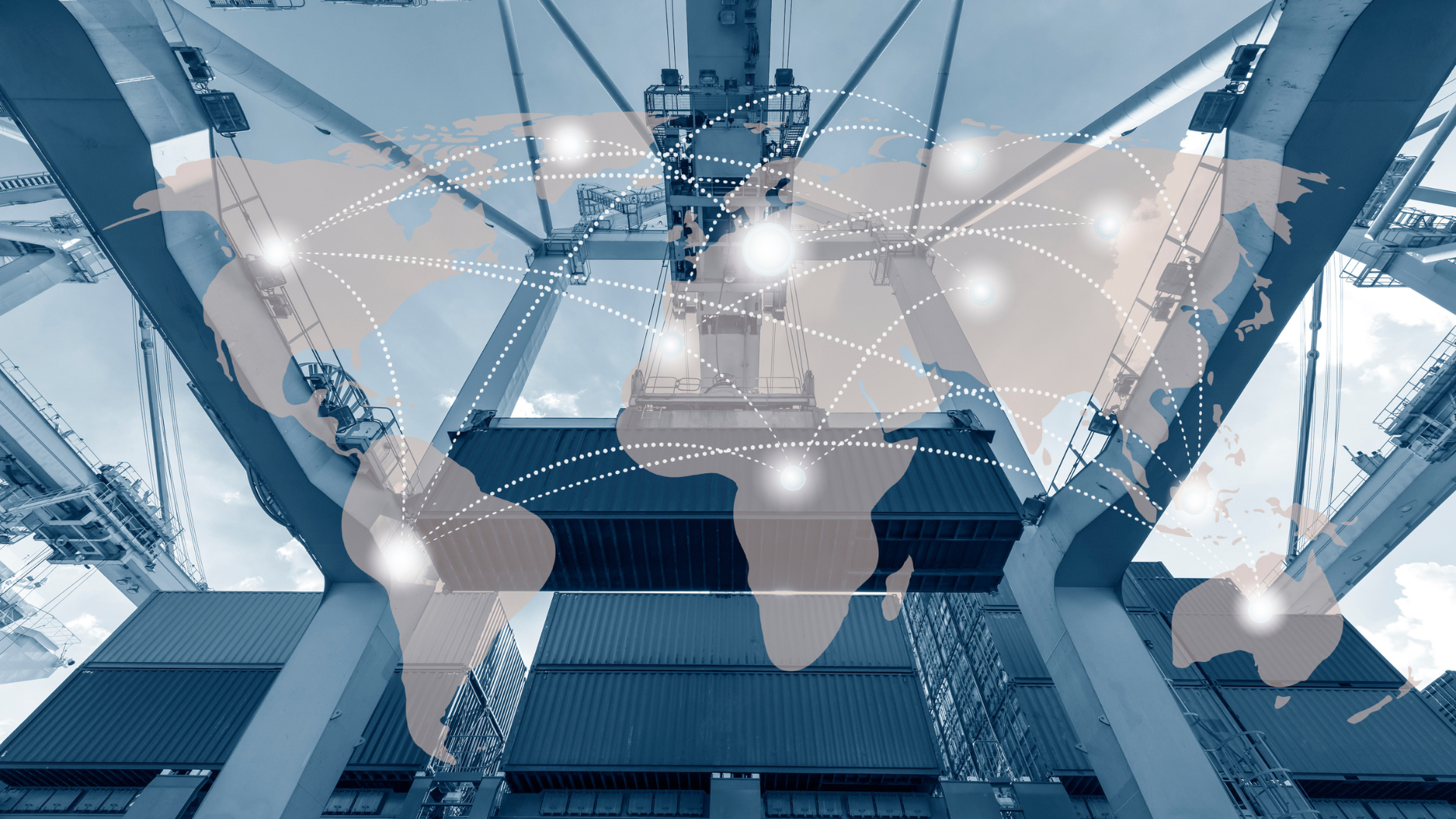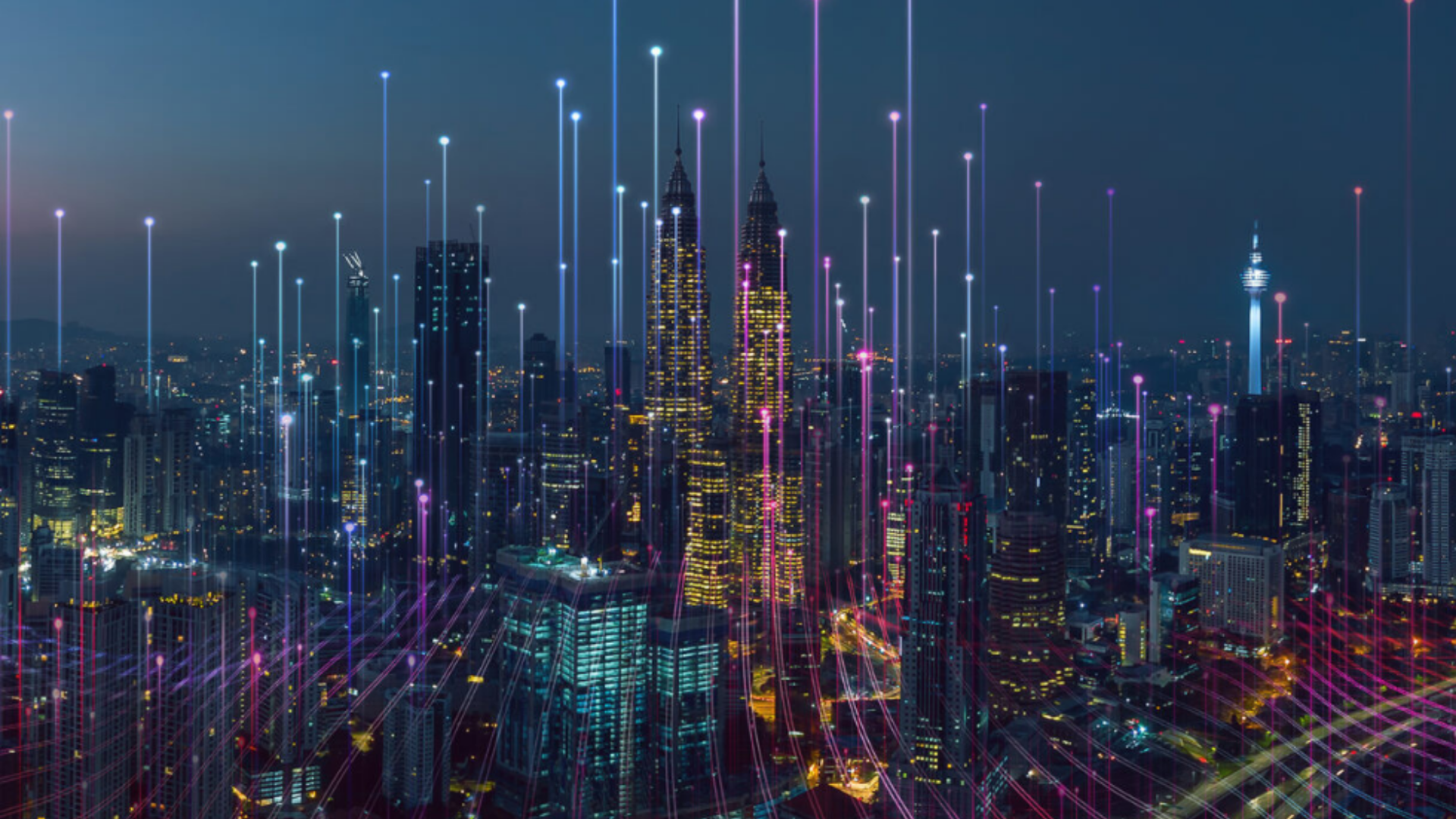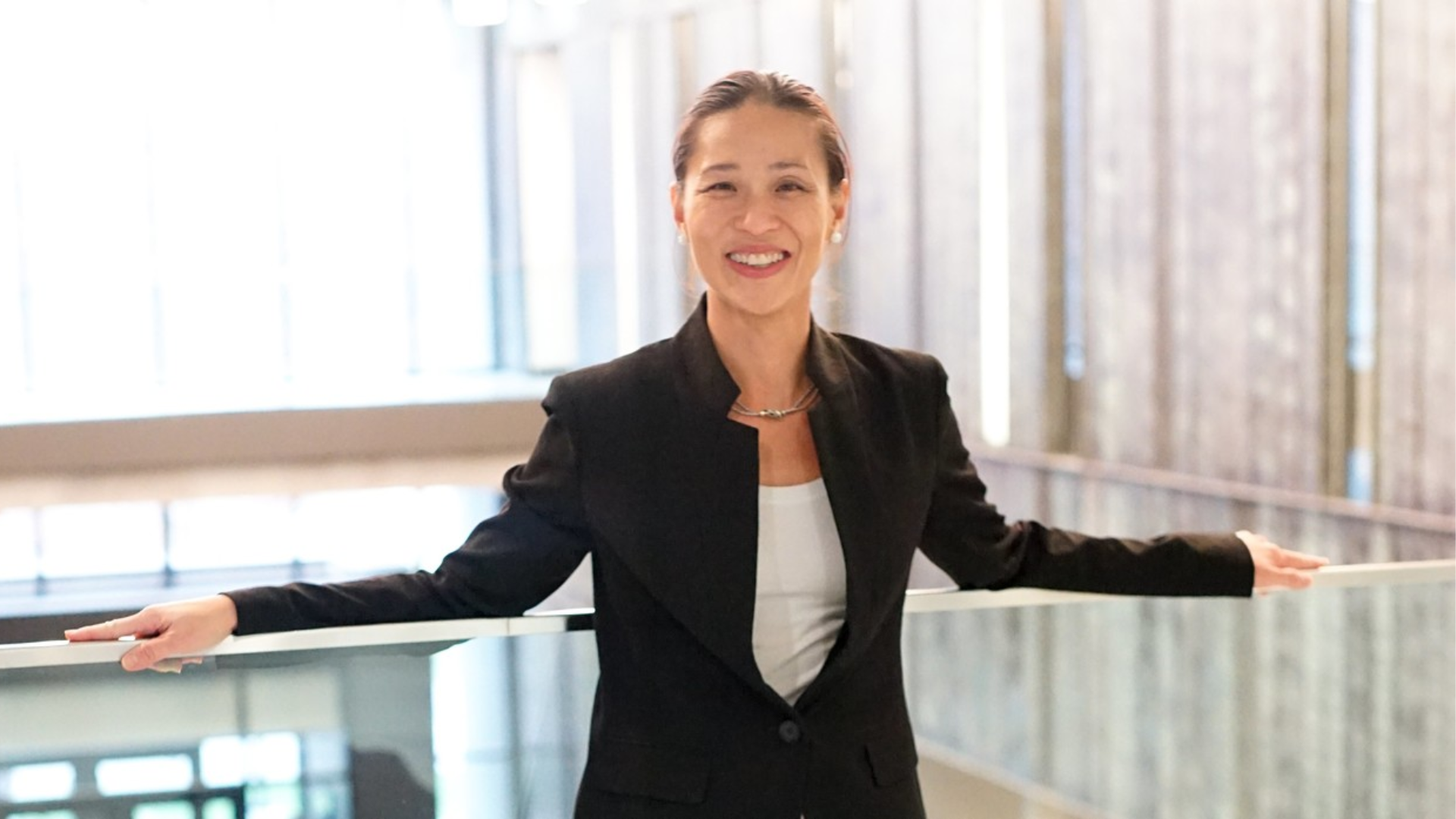Redefining futures literacy with Riel Miller
October 21, 2025 ·
Contributed by: Julienne Isaacs
Share
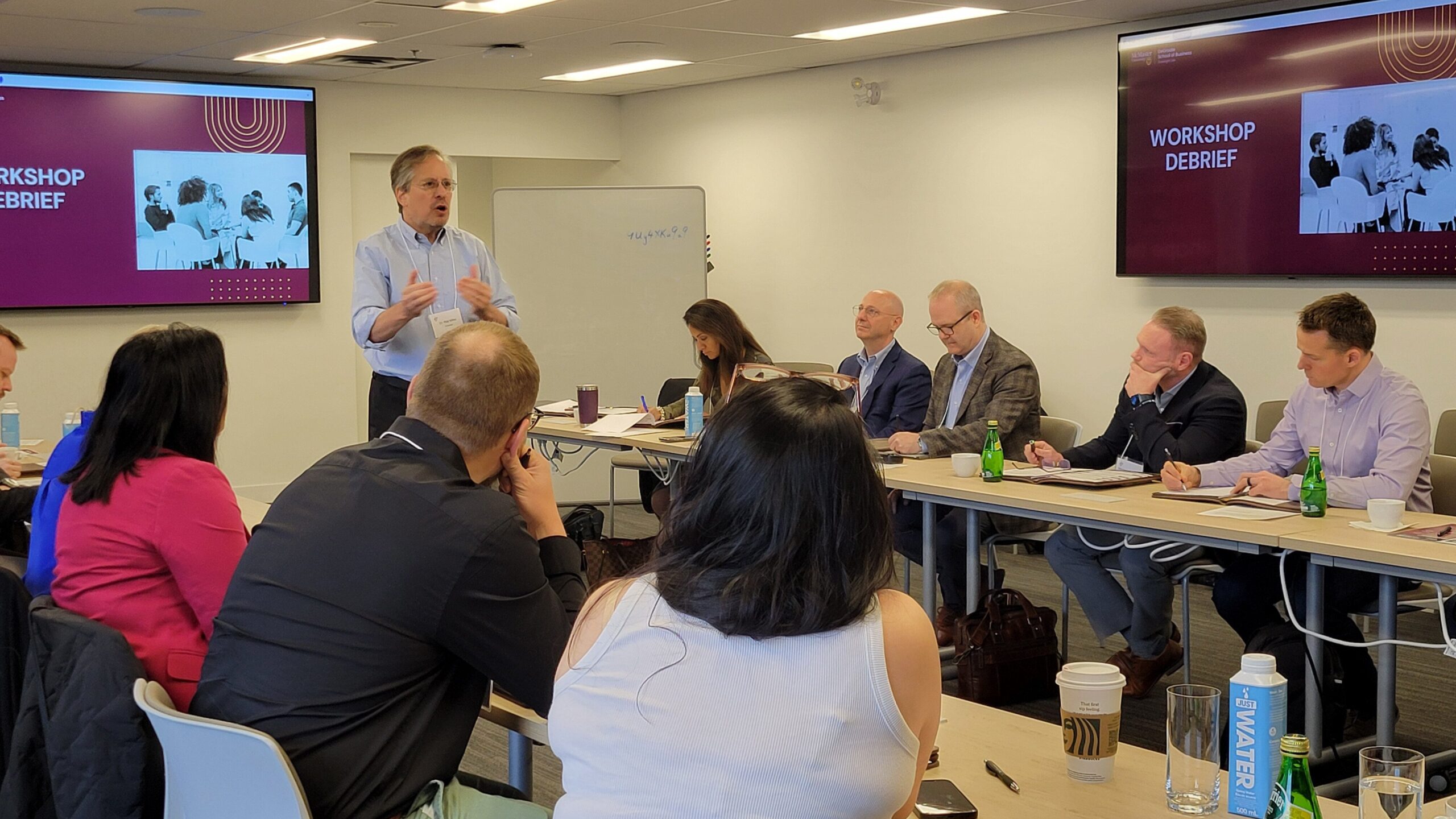
How should we think about the future? DeGroote’s Foresight Lab aims to help professionals answer this question through hands-on training that emphasizes trend spotting, adaptability and planning for multiple scenarios.
Candice Chow, an assistant professor of Strategic Management at DeGroote and director of the Foresight Lab, recently sat down with Riel Miller, a senior fellow and former head of Foresight and Futures Literacy for UNESCO, to talk about futures literacy and a new strategic foresight certification. Miller is a member of the Foresight Lab’s Advisory Council and is a featured speaker at the Strategic Foresight Certification for Executives program this November.
Futures literacy, and the idea that we have many different ways of imagining the future, helps us to become more open, more ambidextrous.
Candice Chow: I’m very excited about our program. We have combined your UNESCO Futures Literacy framework with the strategic management expertise of our business school to create this unique, experiential and immersive program. It’s designed to develop not just organizational skills, but more importantly, its people and the personal competencies that leaders need to thrive in a fast-changing world. I would like to get your thoughts and insights around this topic, future studies, futures literacy and foresight.
Why do you think foresight in futures literacy is so important?
Riel Miller: The future is fundamental to everything we do. Understanding how the future enters into our thinking is really a fundamental skill. The difficulty is that often the future intimidates or seems to be the domain of experts.
I think what this program is about is giving people an opportunity to grasp how to think about the future. This is something that’s central to all humans, and it’s particularly important for those who want to play a leadership role.
CC: How do you see this technique being applied in the real world?
RM: The everyday encounter with change is demanding. Today change is all around us. The future serves as a fundamental filter for what we can see, what we pay attention to, what we can sense and make sense of.
If you want to plan dinner, you need to think about what it is that you want to have for dinner. If you’re on your way to buy fish, and you notice a special on for beef or vegetables, you could change your mind. But if you don’t keep your vision open, and you only think about the fish, then you won’t even see the other opportunities. So, in order to really take advantage of change, to be able to feel comfortable with the immense creativity of the world around us, it’s central to be able to let go of the past—which also means letting go of the futures that are just based on the past.
And this requires a certain practice, agility and confidence, and I believe this program will reinforce those fundamental human needs.
CC: Companies and leaders have been practicing environmental scanning for a very long time. What are the biggest limitations today’s leaders face on their ability to let go of the past or to imagine the future?
RM: What I’m talking about here is a little bit more than environmental scanning or horizon scanning or even weak signals detection, because it kind of takes a step back from that. If you’re in a crow’s nest, you have an idea in your mind of what you’re looking for. That’s where change makes horizon scanning and weak signals difficult, because change happens, and you don’t know what you’re looking for. You don’t even have a name for it.
Futures literacy, and the idea that we have many different ways of imagining the future, helps us to become more open, more ambidextrous. You’re still going to make bets, but while you make them, you keep your mind open to the fact that the world is changing around you, and there might be some absolutely exhilarating opportunities or threats that you don’t even see.
CC: Why do you think this certification will stand out, and how does it distinguish itself from other institutions’ offerings?
RM: To me, it is about courage. If we are exploring the foundations, the origins and the sources of our imagination, we are casting a wider net.
Up until now, foresight in the futures world has been mostly preoccupied with ‘future-proofing planning.’ Future-proofing planning comes from the history of military strategy and business strategy. You’ve got three different options for going to the top of Mount Everest. Which one’s going to be the best?
How do we continuously entertain the fact that the world around us is changing in fundamental ways and opening new aspects? And that’s where foresight and futures thinking coming out of the 20th century has been on a relatively narrow path. If you want to reach the top of Mount Everest, you have a really clear goal. But if we can then expand our ability to understand why we want that goal, and how that goal limits what we see about the world around us, then we have, I think, a much more resilient and agile base.
If you have a futures literate organization where everybody can read and write and understands statistics, it’s obvious that you can do more. You can do more foresight, more horizon scanning, more adaptation and more innovation.
So, it’s a question, really, of upskilling, increasing the competency of something that humans already know how to do. We already know how to think about the future. We just don’t have a lot of training to make it sharper, more effective and more diverse.
This interview has been condensed.
